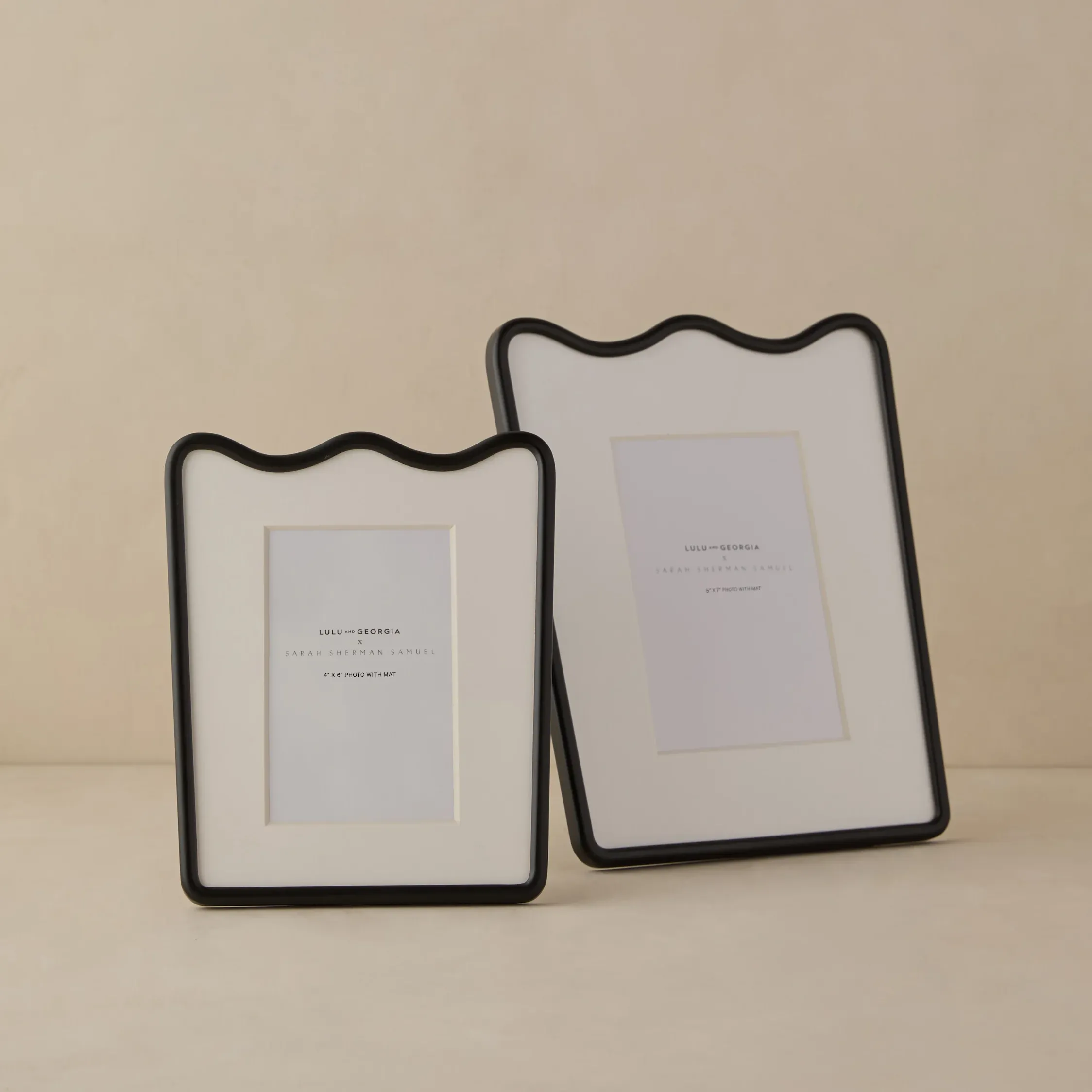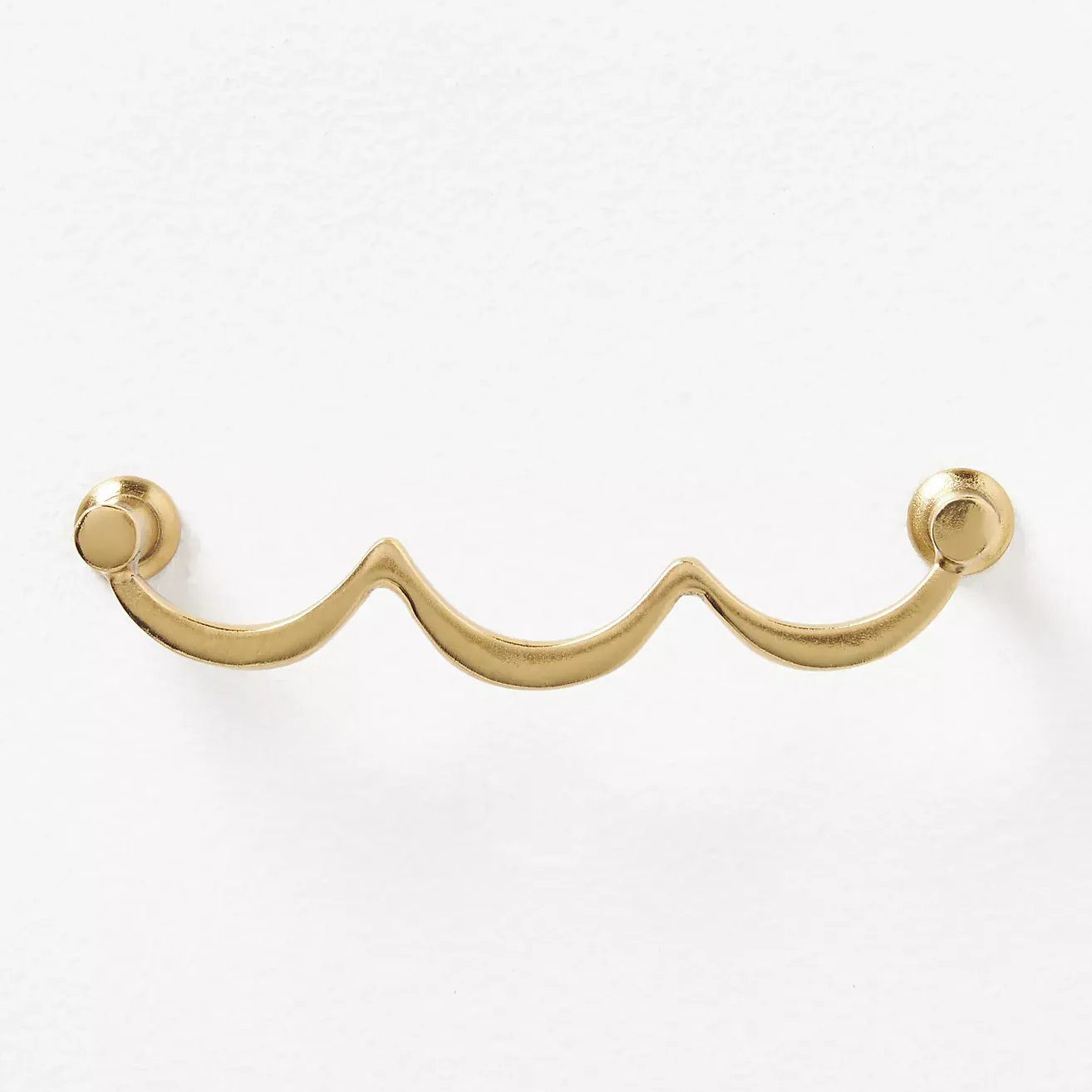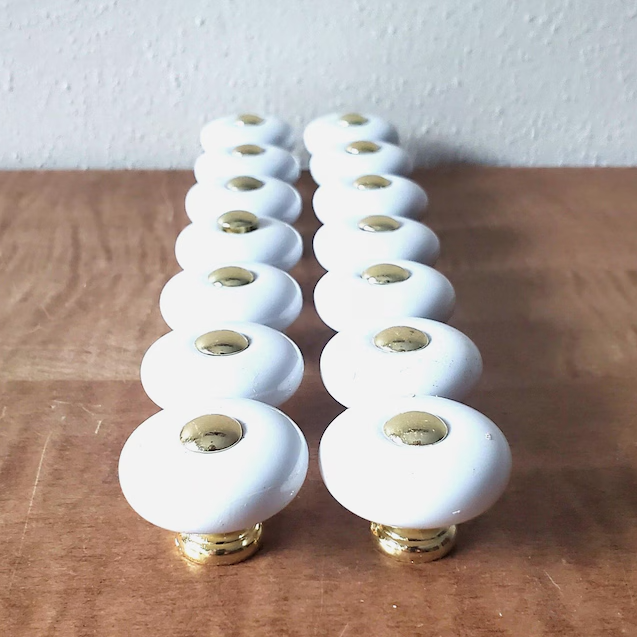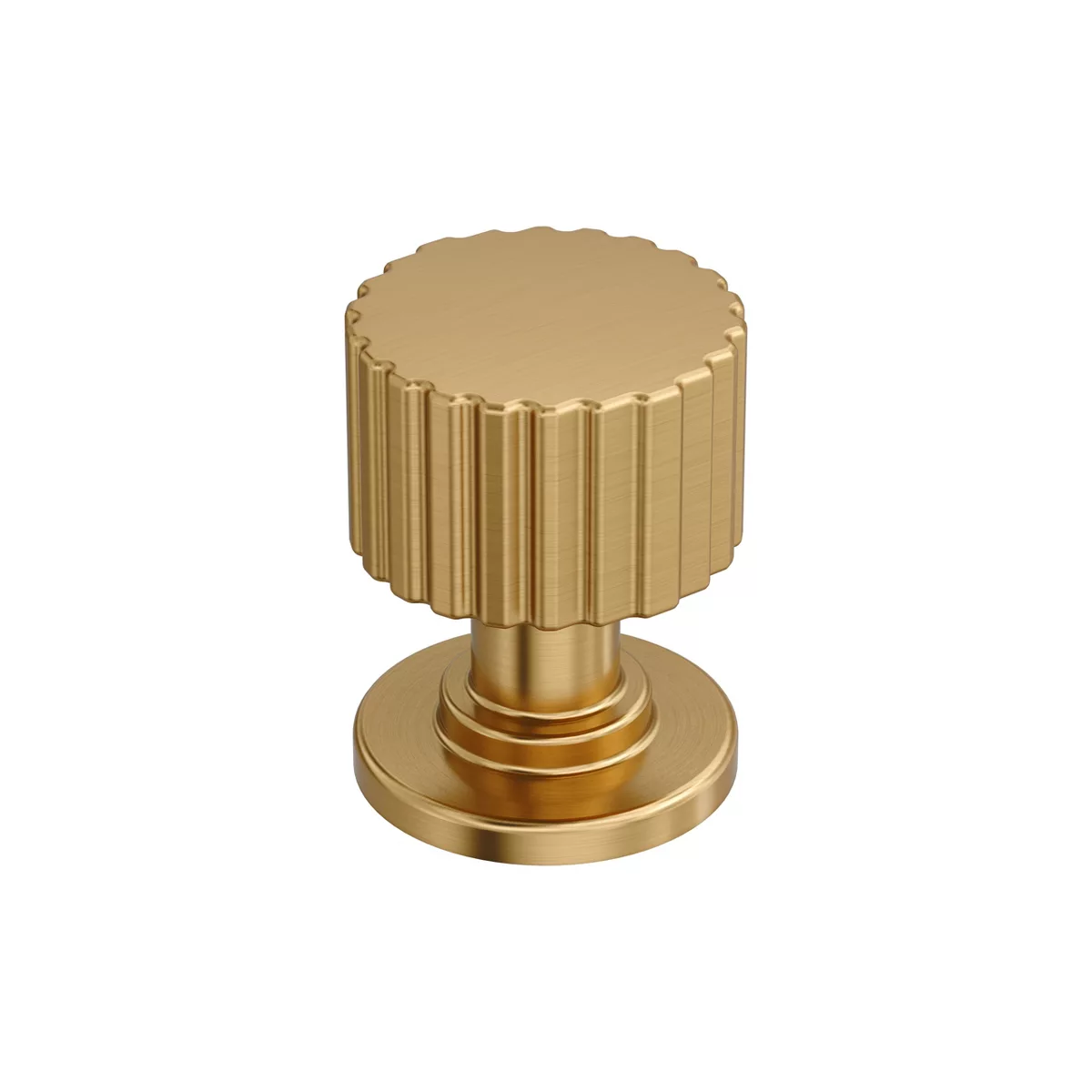How to Modernize Antique Furniture for a Characterful and Cohesive Look
According to designers, there are plenty of ways to refresh your antiques


We all know by now that a designer's worst-kept secret is that the key to layered, lived-in interiors is to introduce antiques. These time-worn pieces bring character, interest, and a subtle contrast to contemporary decor.
But decorating with antiques requires a careful balance – the wrong approach can leave your home feeling dated and dreary. And there are plenty of ways to modernize antique furniture so each piece feels characterful, timeless, and far from outdated.
Not sure where to start? Here are a few ways to modernize antique furniture and ensure it feels cohesive and beautifully styled in your schemes, according to designers who have seen and tried it all.
6 Ways to Modernize Antique Furniture
Making any modifications to antique furniture can feel like a daunting prospect. Often one-of-a-kind finds, you don't want to ruin the authentic character. But these small changes get the designer seal of approval and will give your antiques a refreshed look.
1. Style Antiques with Contemporary Accessories
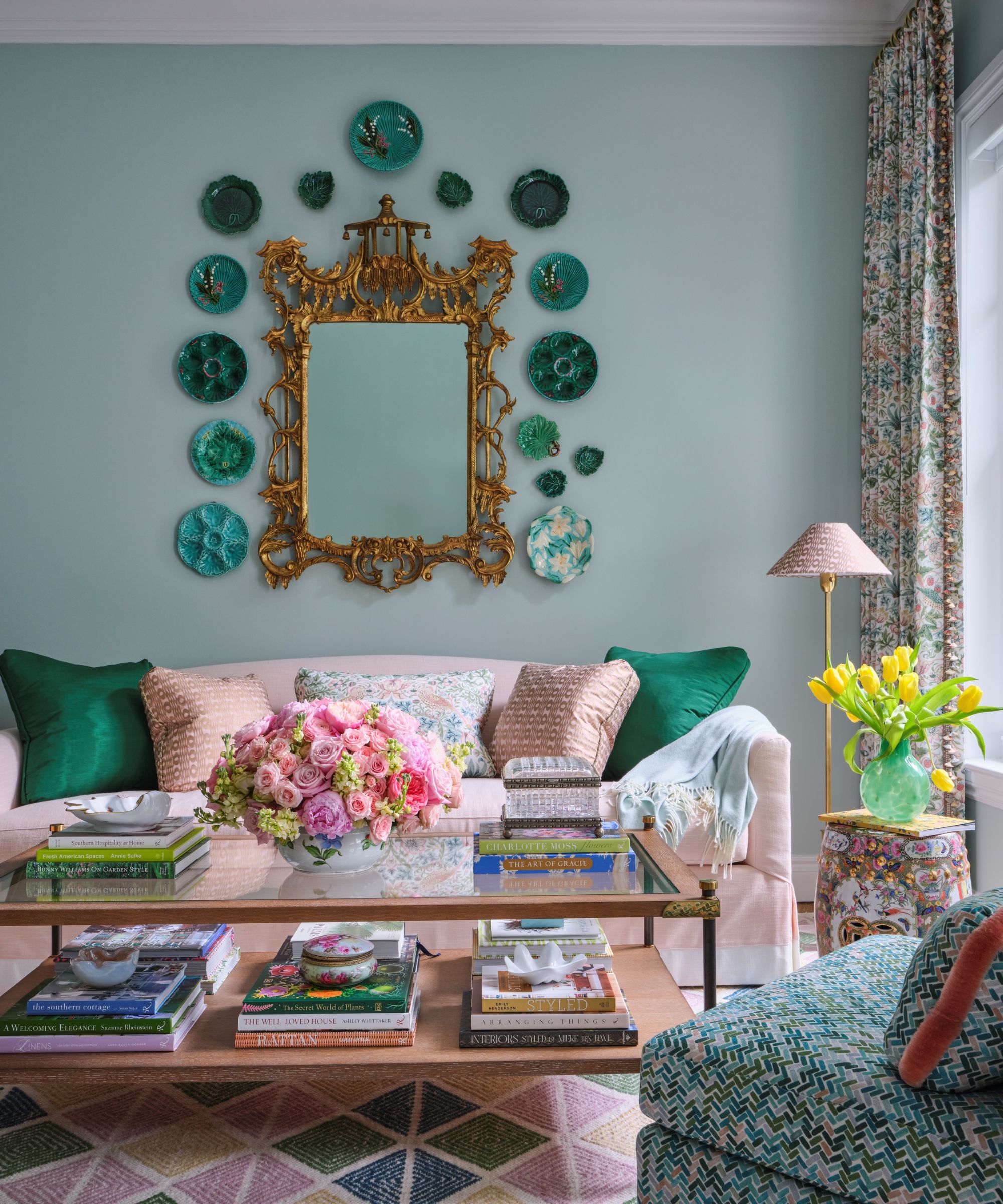
One of the simplest ways to give your antique furniture a more modern feel is to pair it with contemporary decor. 'Tension is a designer’s favorite ingredient for creating interesting spaces. Luckily, this is fairly simple to do,' says Chloe Legras of Boxwood Avenue.
'When using antique furniture in a space, I love balancing it with modern accessories and decor that feature clean lines, like a minimal lamp, sleek frames, or modern chairs. Contemporary lighting is always a great way to add balance to a room with vintage pieces. Think of it like wearing lug boots with a dress – pair the unexpected!'
It's a method that's favored by designers for a reason – it gives room a unique feel that feels collected, considered, and evolved. And it's a look that Shani Core, founder and principal designer of Shani Core Interiors, has created in her own spaces.
Design expertise in your inbox – from inspiring decorating ideas and beautiful celebrity homes to practical gardening advice and shopping round-ups.
'In the living area of my studio, the antique Rose Medallion garden stool acts as a holder for a vase of flowers and the occasional glass of champagne! It’s my opinion every room needs antiques to help create a unique story,' she says.

Imagine a rustic wooden credenza topped with this sleek, contemporary lamp. It's a stark contrast, but one that really works if you want to bridge the gap between the antique appeal of the furniture and the more modern decor in your scheme.
2. Reupholster Antique Chairs
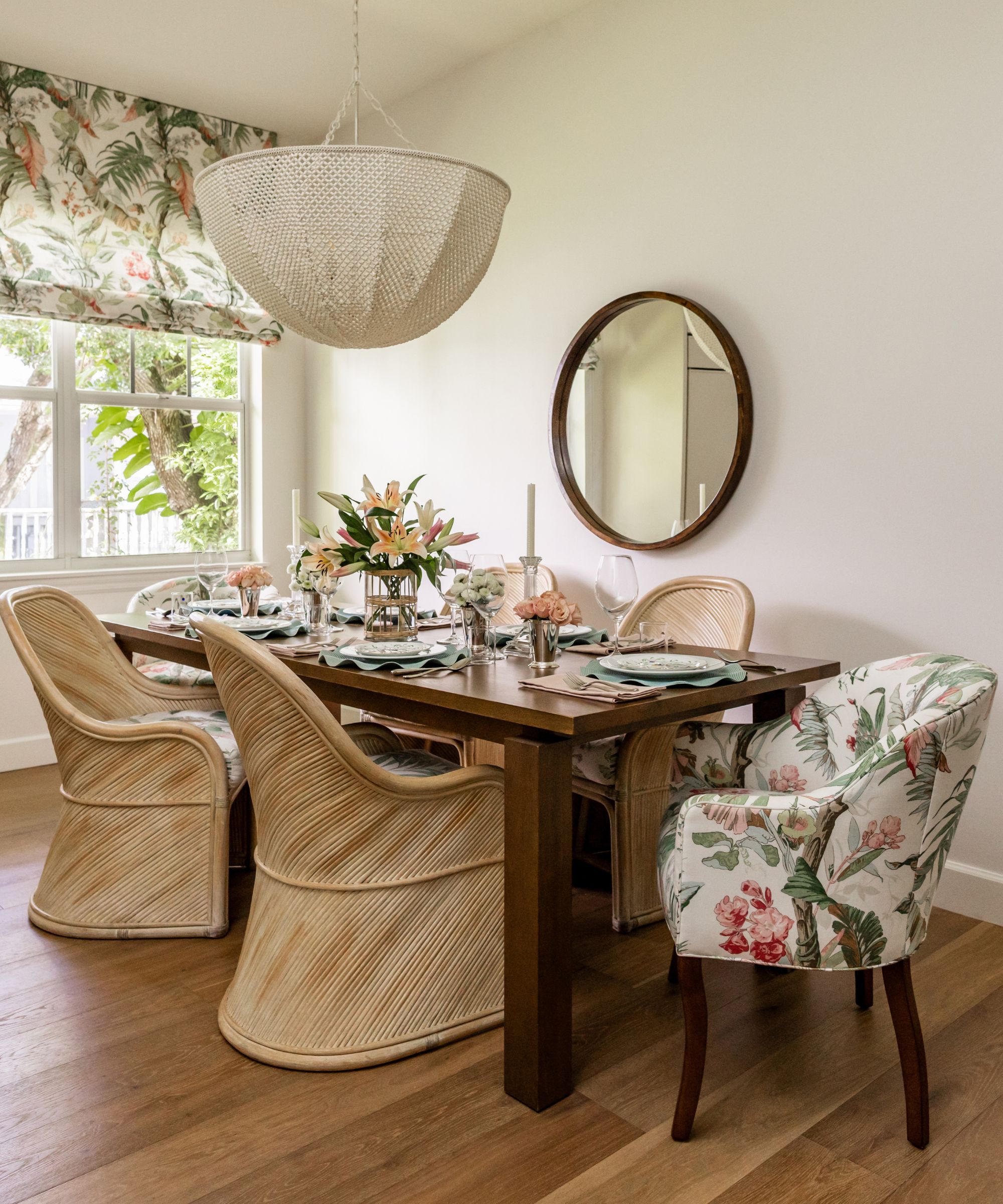
It's not unusual to find a beautiful chair in an antique store in need of a slight refresh. often, the fabric might be a little worn out, the seat padding almost non-existent, and in some cases, the upholstery torn. But reupholstering is a great option, not just to refresh the furniture, but to give it a more up-to-date look that feels more in keeping with your interior design style.
'I always find a blended approach to interiors more characterful than opting for something that’s all trad or all contemporary. Taking a contemporary furnishing fabric and using it on an antique upholstered item is a great way of injecting new life into a preloved piece,' says interior designer Benji Lewis.
'French fauteuils particularly respond brilliantly to this because they don’t require much fabric, and being neat by design, they look fab with a splash of some modern textile to create the perfect accent chair,' he explains.
Shani has also embraced reupholstery in a recent project to great success. 'In a recently completed dining room, I found a set of four antique pencil rattan chairs that were in perfect condition except for the seat cushions,' she explains.
'We needed a set of six, so we designed new seat cushions in a beautiful tropical print and had a pair of captain’s chairs made to go on each end of the table. The result was better than if all six chairs were matching.'
For a bold look, consider something like the Tiger Jacquard Fabric by Sarah Sherman Samuel, or for a more classic look, the delicate stripes of Schumacher's Clyde Fabric are a lovely choice.
3. Repaint or Stain Tired Antique Furniture

When you want to refresh the rooms in your home, color instantly comes to mind. And the same applies to your antique furniture, especially if you want to breathe new life into a dresser, cabinet, or side table.
'Painting the outside one color and the inside another is a way of updating antique furniture. I also recommend wallpapering the back of a piece of furniture with glass fronts and flat backs to create depth and interest,' says Laura Gilbert of L. Gilbert Designs.
You don't have to repaint antique furniture a bold color, either, if that's not your style. Staining wooden designs so they read less orange and more natural wood can make a huge difference to the piece without taking away from its character and original look.
Shane Brown, founder of the beloved California design destinations Big Daddy’s Antiques and The Well, agrees, adding 'Refinish it and let it breathe. A fresh finish can completely transform an antique without erasing its history. It’s about balance – letting the soul of the piece shine while giving it a little edge.'
4. Swap Out the Hardware and Legs of Furniture
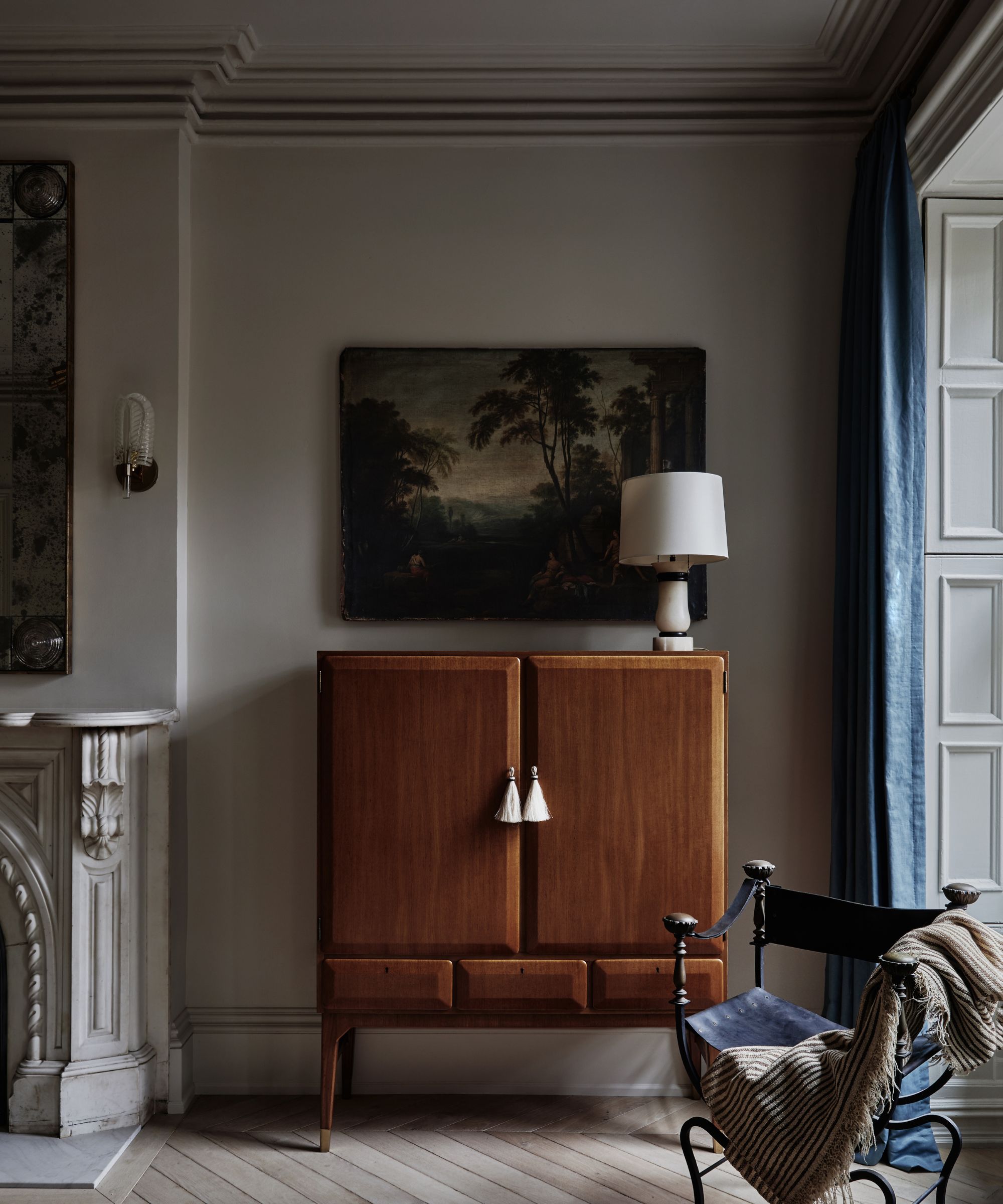
Always regarded as the jewelry of a room, hardware is one of those small but meaningful swaps that make all the difference to antique furniture. 'To modernize an antique piece, swapping hardware is an easy way to achieve a more modern look,' says Chloe.
It's a classic example of how mixing old and new can create a beautiful contrast that instantly enhances an old piece. A beautiful antique dresser refreshed with decorative knobs or a contemporary chrome handle creates a striking talking point.
And it also works the other way around, perfect if you have antique handles you want to utilize. 'Sourcing antique or vintage hardware, or adding castors to found pieces, is always a beautiful way to dress up the ordinary,' says Chloe, explaining that these small, subtle details make all the difference.
5. Juxtapose Antique Furniture with Modern Art
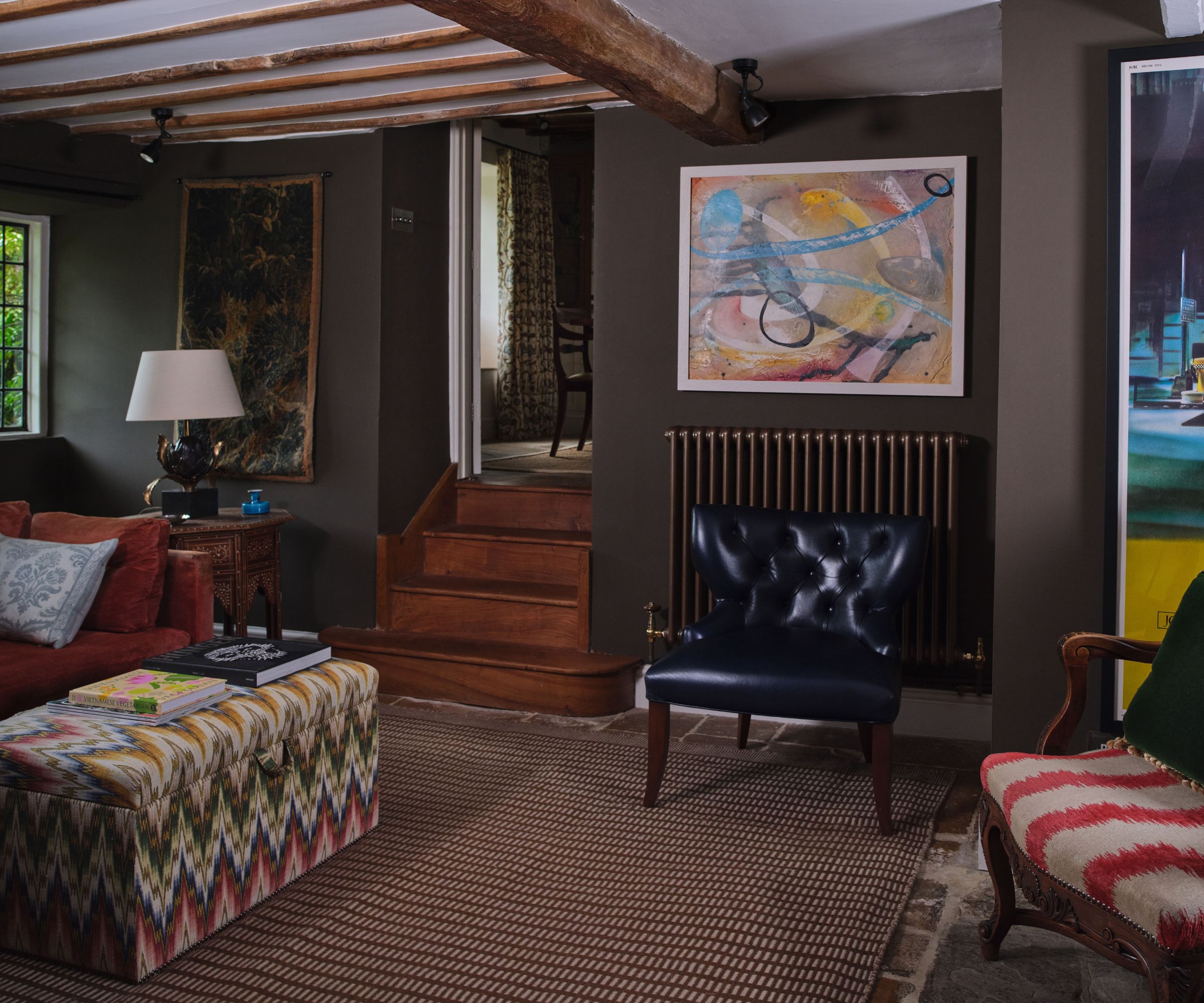
There's a joy in heading to your local antiques fairs to source one-of-a-kind art pieces, but designers say it can be more impactful to pair more contemporary works with antique furniture if you want to give it a more modern feel.
'A contemporary piece of artwork or a light instantly lifts a period piece, for example, an antique chest of drawers with a modern painting hanging above it,' says Benji, mentioning that the same approach works with 'an antique sofa with a contemporary table lamp beside it – it’s all about the considered blend.'
Kate Aslangul, founder and creative director of Oakley Moore, agrees, adding that 'The key is contrast; hang a bold contemporary painting above an antique piece, add an oversized table lamp and position one or two clean-lined objects, perhaps a sculptural vase or a sleek tray, alongside.'
6. Display Vintage Paintings in Contemporary Frames, and Vice Versa
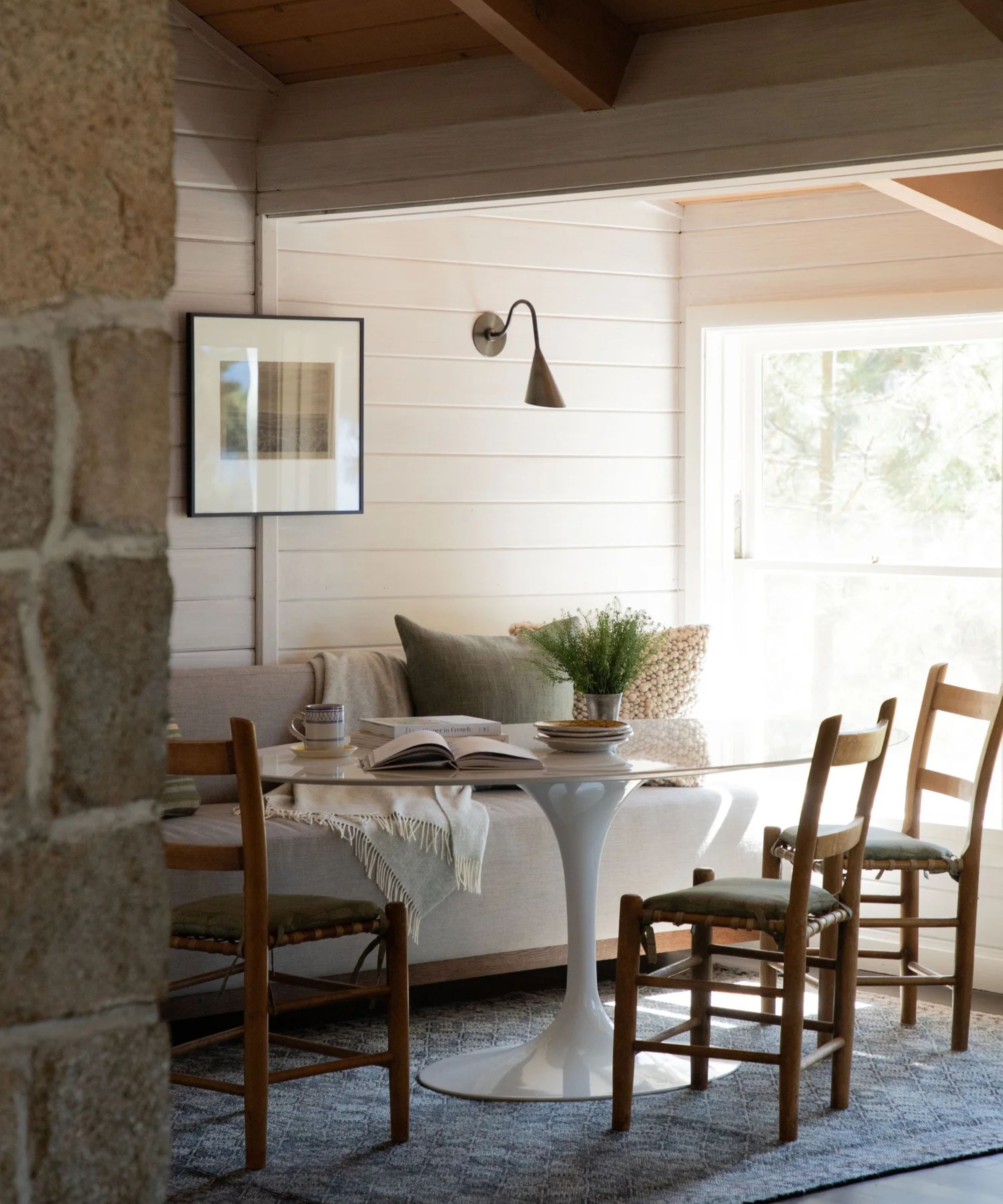
Art is perhaps the most beloved way to decorate with vintage and antiques. It's an accessible way in to sourcing older decor, and it's also an area of focus for many designers when it comes to modernizing antiques.
'Adding vintage artwork to a sleek frame is a great option to add original artwork into a space while maintaining a clean and modern aesthetic,' says Chloe, who notes it can work both ways.
As well as pairing vintage or antique art in a modern frame, you can also pair contemporary art in a vintage frame. Both have the same effect, balancing the aesthetic and style of one another, as Shane explains.
'Hang a piece of modern art in an old frame, lean mirrors against the wall, build a gallery wall that blends centuries. It’s about contrast and conversation – let your antiques flirt with the modern world.'
Antique furniture brings so much character and interest to interiors, but it's important that it feels cohesive with your scheme. Modernizing antique pieces isn't about making them look brand new, but rather finding small ways to elevate and breathe new life into them.

I’ve worked in the interiors magazine industry for the past five years and joined Homes & Gardens at the beginning of 2024 as the Kitchens & Bathrooms editor. While I love every part of interior design, kitchens and bathrooms are some of the most exciting to design, conceptualize, and write about. There are so many trends, materials, colors, and playful decor elements to explore and experiment with.
You must confirm your public display name before commenting
Please logout and then login again, you will then be prompted to enter your display name.
